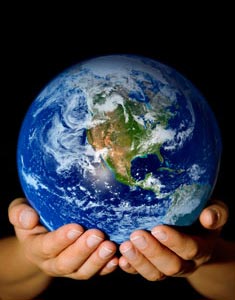
My writings - and those of others.
Plastics - A mini-history
To take on plastics is to take on consumerism itself:
For some time we have agreed that too much is bad – but without doing anything about it. Scientists, though were aware of it much earlier. The current focus on microplastics – tiny bits entering the food chain – has increased awareness. As well as the perceptions changed by images of waste islands at sea or suffering animals, there has been a shift from seeing plastics and other waste as litter to understanding of it as a dangerous pollutant.
Climate change is hard to understand – but plastics are everywhere in front of our nose. I believe I share basic ignorance with most around me. What is plastic, who makes it and where does it come from? I turned to an article by Stephen Buranyi in the Guardian published last November for some basic information. It’s comprehensive, thorough and quite long so I am summarizing with some direct quotations:
·Plastic is a global industrial product.
·Plastic is a catch-all term for the product made by turning a carbon-rich chemical mixture into a solid structure.
The raw materials come from fossil fuels, and many of the same vast companies that produce oil and gas also produce plastic, often in the same facilities.
The story of plastic is the story of the fossil fuel industry – and the oil-fueled boom in consumer culture that followed the second world war.
To make it requires coal, water and air
By developing new plastic products – like Dow’s invention of Styrofoam in the 1940s, or the multiple patents held by Mobil for plastic films used in packaging – these companies were effectively creating new markets for their oil and gas
Thin plastic wrapping was introduced in the early 1950s, displacing the paper and cloth protecting consumer goods and dry cleaning. By the end of the decade, DuPont reported more than a billion plastic sheets sold to retailers.
At the same time, plastic entered millions of homes in the form of latex paint and polystyrene insulation.
Soon, plastic was everywhere, even in outer space. In 1969, the flag that Neil Armstrong planted on the moon was made of nylon.
The following year, Coke and Pepsi began replacing their glass bottles with plastic versions.
Plastic did more than merely take the place of existing materials, leaving the world otherwise unchanged. It actually helped kickstart the global economy’s shift to disposal consumerism.
Plastic meant profit – but it also meant rubbish. A backlash started in 1969 heavily opposed by the industries that produced it.
Rather than blaming the companies that had promoted disposable packaging and made millions along the way, these same companies argued that irresponsible individuals were the real problem.
Household recycling was later seen as the answer – a solution pushed by the manufacturing industries as simple and effective. The problem with these rosy predictions was that plastic is one of the worst materials for recycling.
In the intervening years, global plastic production has rocketed from some 160 million tonnes in 1995 to 340 million tonnes today. Recycling rates are still dismally low.
Plastic isn’t just an isolated problem that we can banish from our lives, but simply the most visible product of our past half-century of rampant consumption.
What prompted me to do more research on this was after reading the article on bioplastics (materials based on plants rather than fossil fuels) in Paul Hawken’s Drawdown, a book that I highly recommend in my book section here on the site. You can also go to the related Website.
I like the idea of a Drawdown challenge after just completing one. I want to be sure that a future one related to plastics makes me learn more about the industrial side and question its impact - not just my personal use.


